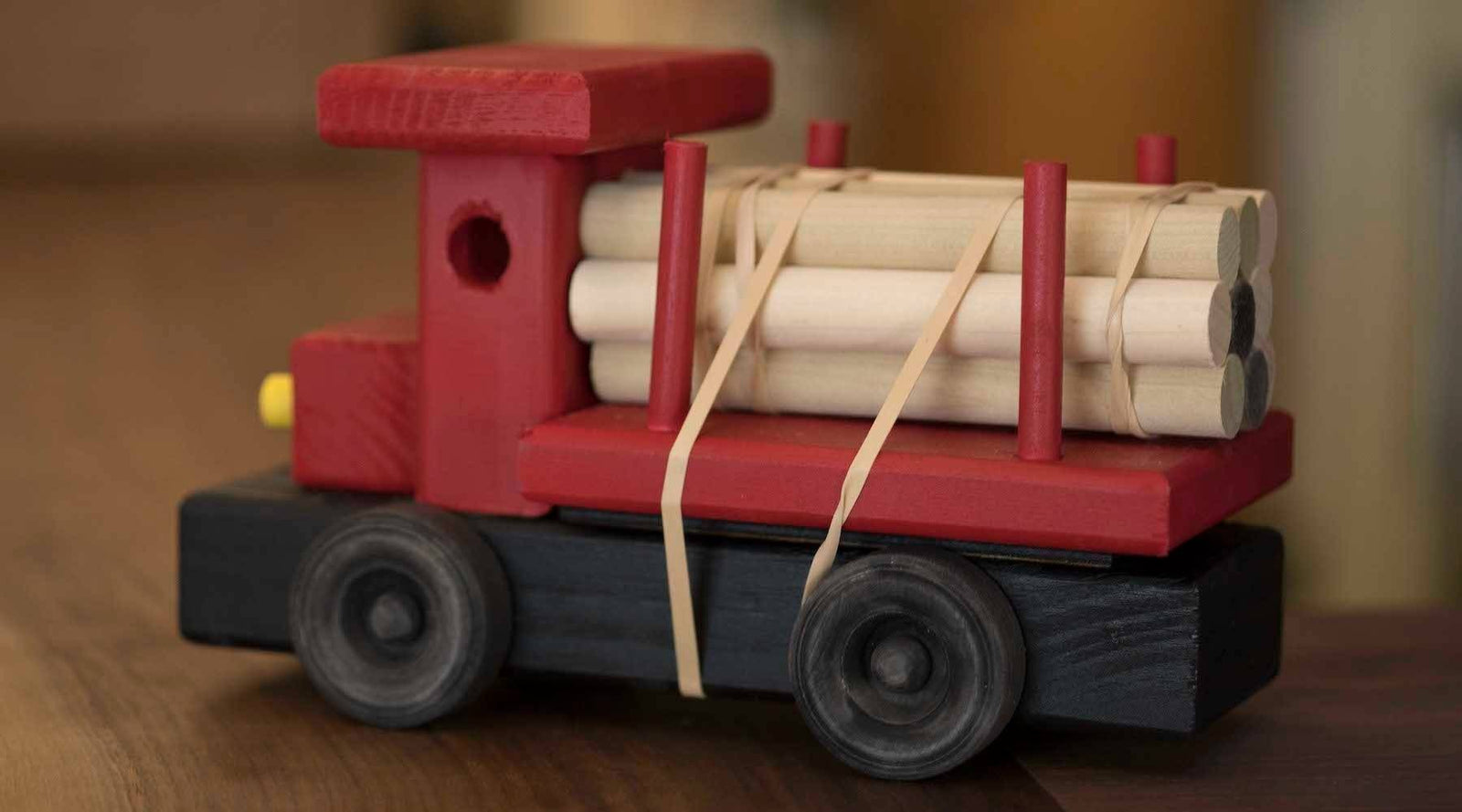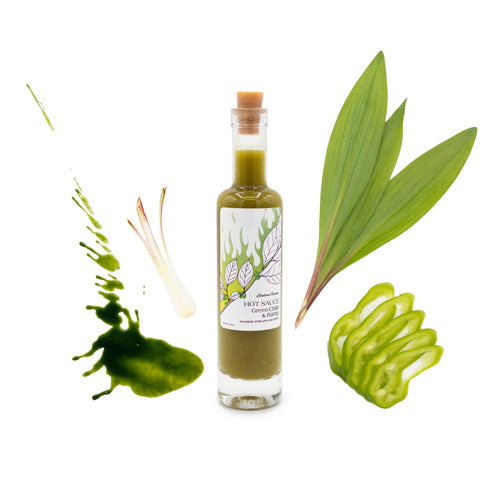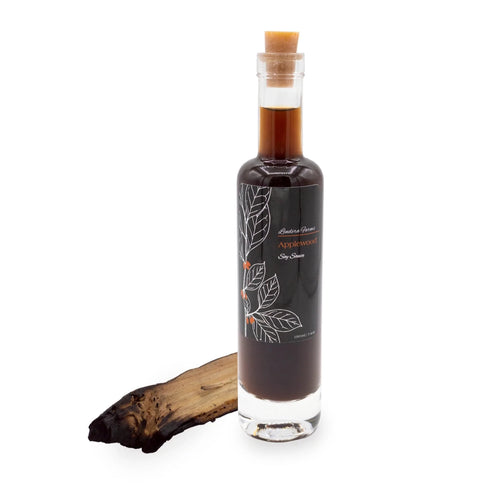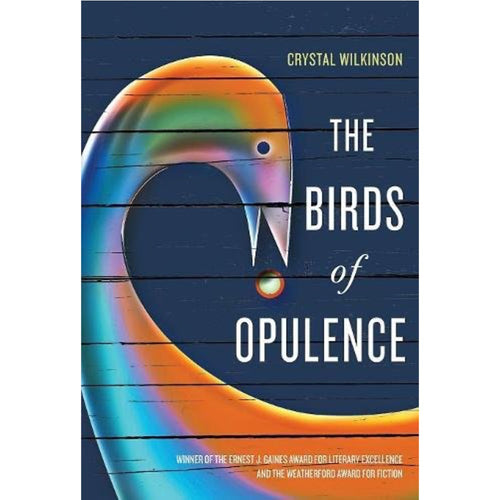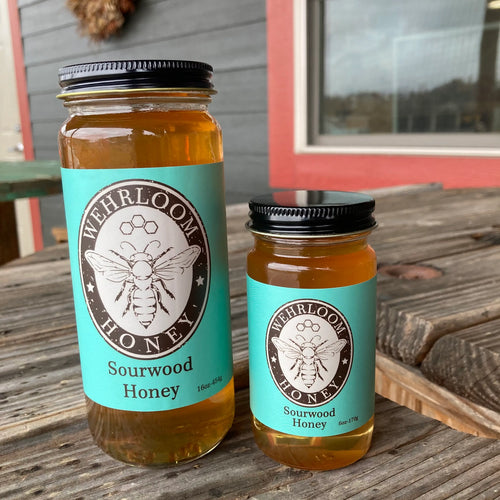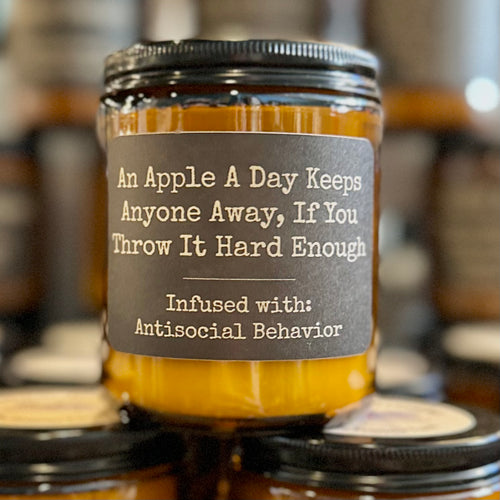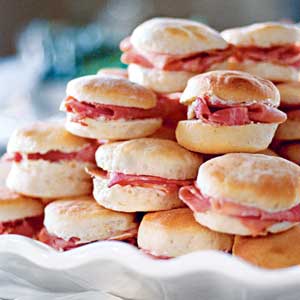
[caption id="attachment_1167" align="alignleft" width="240"]
 Beaten Biscuits[/caption]
Beaten Biscuits[/caption]According to corporate lore, Jiffy products were created by Mabel White Holmes, wife of Chelsea Milling Company's manager, during a moment of inspiration in 1930:
"...one day when her twin sons had brought two friends home from school for lunch, she noticed the hard biscuits the motherless boys' father had made and decided to formulate a blend of biscuit ingredients that 'even a man could prepare.'"
With her focus on ease and speed, Mrs. White Holmes' wrote a new chapter in the history of American dinner breads, but it actually appears somewhere in the middle of the book. A generation or two before, in the early 1900s, a war was fought over the right dough to serve. It was commonly called the beaten biscuit crusade.
It began like any cause, with good intentions. Across the United States the settlement movement was placing affluent volunteers in low-income communities with the goal of alleviating poverty. It is no surprise that a small brigade, primarily women, moved into our region. "All were ready to help the Appalachians," says Elizabeth Engelhardt in the book Cooking Lessons: The Politics of Gender and Food, "That 'help' often took the form of cooking lessons."
Regional standards--wild greens, cornbread, and chicory coffee--were all derided by the reformers. They saw them as rudimentary, lacking in civility and nutrients.
Maybe that's why the term "corn pone" came to become a slur similar to "hick." Mountain foods were synonymous with poverty itself. To fulfill the mission of civilizing Appalachia, these reformers had to change what our mountain ancestors ate.
Engelhardt, a scholar and Appalachian native, uncovered the personal journals of Katherine Pettit and May Stone, two women who moved to eastern Kentucky and in 1902 founded the Hindman Settlement School. In attempts to civilize locals, they emphasized the importance of wheat-based breads, like the beaten biscuit. This particularly arduous bread had to be leavened by hand. Without the aid of baking powder or soda, the homemaker was instructed to beat the biscuit with a stick or mallet a remarkable 300 times for family or 500 times for guests, forcing air into the dough.
While beaten biscuits were considered the crowning achievement of domestic life by the middle class, even Katherine Pettit had to carve out extra time to make them. In her journal, she noted a luncheon for which she was "up earlier than usual this morning to make beaten biscuit."
In the lives of mountain people, this must have been a hard sell. Their traditional breads were made from corn meal and water. Sometimes they added sugar, buttermilk or animal fat for flavor, but, to paraphrase Engelhardt, the mixing and stirring of cornbread could be done in less time than it takes for a skillet to get hot.
What's more, cornbread required no special equipment--just a bowl and a pan. Any flame would do, even an open one in the hearth or the field. Biscuits by contrast required a rolling pin, an oven, biscuit cutters, and ideally a marble slab.
Using the right dough was both expensive and time consuming. Englehardt writes that "choosing whether to cook corn bread or biscuits was not simply a question of what a woman or her family preferred on any given day....the decision made a statement about class in the Appalachians."
It sounds like a scene from My Fair Lady,but Pettit and Stone apparently did home visits with their pupils, judging their progress toward civility. In their journals, they record their impressions. "The Cornets are all clean and thrifty...They had a good dinner, beautiful honey and whole wheat biscuit from the wheat they had raised themselves." This contrasts this against their impression of most mountain residents, who "live on fat bacon, corn bread and a few vegetables, all cooked in the most unwholesome way. Everything is fried in as much grease as they can get."
Sounds like my kind of people. In contemporary Appalachia, we still keep a jar of bacon grease on our stovetops, and we favor food that is quick, cheap, and available. Today it's frozen dinners, Country Cookin, and McD's.
While a century has passed, the reformers keep coming too--celebrity chef Jamie Oliver with his West Virginia-based Food Revolution, nutritionists in every health department across the region, and even legislatures, who are beginning to regulate harmful foodstuffs.
[caption id="attachment_1169" align="alignright" width="300"]
 Spring Vegetable Cornbread Photo: April McGreger[/caption]
Spring Vegetable Cornbread Photo: April McGreger[/caption]Like the ladies from the Hindman School, they all have the best intentions. I just hope that they're paying attention to the past, to local food cultures, and to our day-to-day lives. It's questionable.
In a thoughtful critique of Jamie Oliver's venture to change diets in Huntington, West Virginia, columnist April McGreger asks, "Who is supposed to make the from-scratch meals Oliver talks about? Many working mothers are on the clock until 5 or 6 o'clock. Add to that a long commute that many families endure to find jobs, and there is just no way."
As an alternate, McGreger proposes finding ways to make popular foods easier to prepare and more healthy. She offers her own adaptation to a traditional spring vegetable cornbread. I applaud her. If anyone wants to make a lasting change to the Appalachian diet, this is the way to go. In fact, I encourage McGreger to take her culturally conscious innovations one step further. If she can create an easy, healthy vegi cornbread that is based around Jiffy mix, then momma and I will be quick converts.


